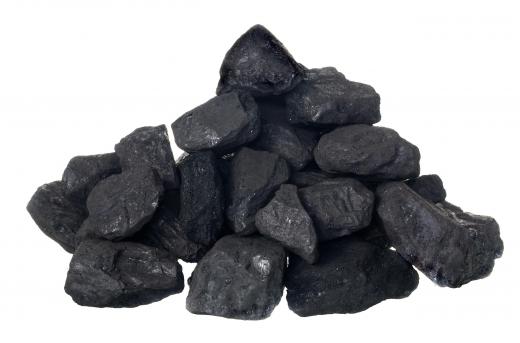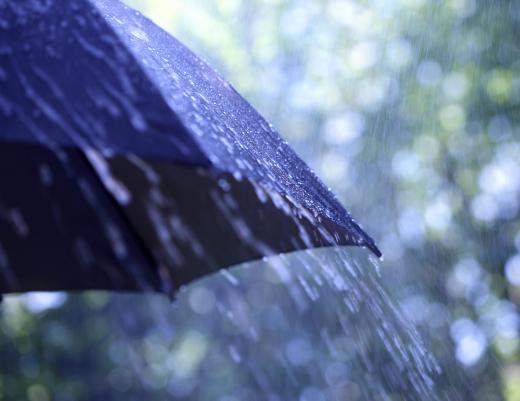What Causes Air Pollution?
Air pollution can be defined as any harmful material that is present in the earth’s atmosphere. The causes of such pollution, therefore, are many and highly varied. Some sources are natural, such as volcanism or forest fires started by lightning, while others are brought about by human activity, such as the burning of fossil fuels. While the earth does have built-in mechanisms for getting rid of air pollution, it is usually better for all living things to reduce the amount of pollutants released into the air to begin with.
The most well-known and pervasive causes of air pollution are man-made. The burning of petroleum products is a very common cause of pollution, especially in metropolitan areas. This pollution comes from chemical factors present when these fuels combust. When hydrocarbons such as gasoline are burned, they produce carbon dioxide and water vapor. Incomplete combustion leads to carbon monoxide also being created as a byproduct.

Carbon dioxide and carbon monoxide are both considered to be pollutants. Also, no fossil fuel is perfectly pure and no engine is perfectly efficient, so small particles of soot are also released into the atmosphere, along with trace amounts of other undesirable substances. Other man-made causes of air pollution include smokestack emissions from factories and power plants. The substances emitted at these sources can include sulfur dioxide and nitrogen dioxide, which are responsible for the formation of acid rain.

While man-made air pollution does present health hazards, natural sources of air pollution can be equally dangerous at times. These sources include dust picked up by wind erosion, the emission of methane by livestock, and smoke from wildfires. Volcanic eruptions are perhaps the largest single source of air pollution, natural or man-made, that humans have ever dealt with. These can produce clouds of abrasive volcanic ash and other harmful substances such as chlorine and sulfur.

Most notably, the eruption of Indonesia’s Mount Tambora in 1815 sent such a huge amount of noxious gases and particulate matter into the atmosphere, that much solar energy was effectively blocked from reaching the earth’s surface. As a result, widespread famines were suffered worldwide in 1816. Brown and red snows were also seen in Europe, due to the presence of volcanic ash in the atmosphere. A killing frost in July of 1816 also led to massive crop failures in the northeastern United States, leading to colloquial references to 1816 as “The Year Without a Summer,” and “Eighteen Hundred And Froze To Death.”
AS FEATURED ON:
AS FEATURED ON:















Discussion Comments
Every life on the earth has equal rights to natural resources provided by nature, and no life on earth has right to pollute or exploit these natural resources. It should be considered criminal activity to spoil or exploit these natural resources.
thank you so much. without these i would have never completed my seminar work.
It is fantastic, nice article.
Thank god I found this site. it helped me a lot in making my project!
good info. Thank goodness i came upon this or I wouldn't know what to do with my rough draft.
very good information but too many big words for me.
I agree, really informative, doesn't drag on and on with redundant info. good example of quality without quantity.
This is one of the best articles i have found on pollution. Thank goodness I found this site, or else i don't know how to explain to my teacher! :D
Post your comments